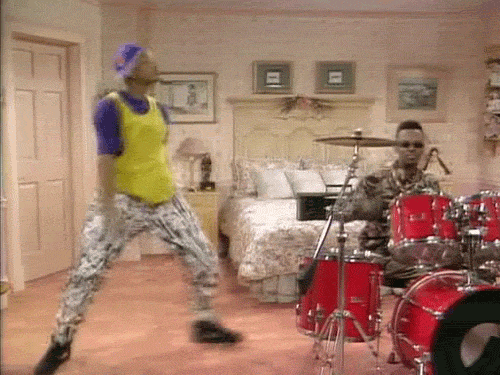Hello, lovely ladies and classy gents!
I recently received a message via pigeon informing me that I had won the Blogger Recognition Award. I promptly returned the messenger pigeon with a note expressing my regrets, as the sender of said pigeon was obviously mistaken. Me? An award? Somebody clearly made a clerical error.
So days go by and the same pigeon descends upon my window. I attempted to shoo it away with a broom, but the bird was a persistent little bugger. To stop the incessant pecking on my window, I finally read the message tied to the winged-creature’s back. As it turns out, the award actually was intended for me. And I know the sender! Oops!
I am humbled to announce that author and blogger Eva Blaskovic chose to award me the Blogger Recognition Award. To my knowledge, she did not do so under duress. Coming from her, this is a high honor. Eva is one of the few bloggers I know who writes posts about a wide range of topics without sacrificing quality. Eva focuses on writing-related topics first and foremost, yet she has recently discussed education and cooking. She is a gem of a blogger that I cannot recommend enough to those who don’t follow her already. I extend my sincerest thanks for her consideration of my blog for this award!

The note attached to the pigeon included specific instructions as to what I must do to accept this award. The instructions are as follows:
- Thank the blogger who nominated you and provide a link to their blog.
- Write a post to show your award.
- Give a brief story of how your blog started.
- Give two pieces of advice to new bloggers.
- Select 15 other bloggers for this award.
- Comment on each blog to let them know you nominated them and link to the post you created.

In short, this award requires me to share my origin story and dish out some wisdom I am unqualified to give.
The origin story of jjazar.wordpress.com is a simple one, nothing like Spiderman’s! I created this blog because I wanted to supplement my novel-writing with something secondary. I wanted to have a place where I could write about writing and reach out to others interested in doing the same. Little did I know I would connect with so many ambitious, fascinating people from across the globe. So I came to WordPress for the writing, but I stayed for the community.
As for two pieces of advice for new bloggers…
- Interact. Interact interact interact. As soon as your blog is presentable and devoid of dead tabs and preset messages, find bloggers who write about your areas of interest using your Reader. If you like what you read, like some of their posts. If you have something to say, leave some comments. And if you really like what a blogger has going, follow them! The more people you interact with, the richer your blogging experience will be. Oh, and it won’t hurt your view/like/comment/follow count. Interaction is how you grow!
- Treat the “Publish” button as sacred. Post regularly, but don’t post half-assed material. If you didn’t put thought into a post, keep it off your blog. Keep your standards high. Respect your readers, respect yourself, and respect your corner of the internet. It is absolutely possible to post quality material on a consistent basis (take the Comic Vault as an example), but if you can’t sustain the pace, slow it down. It’s okay 🙂
 I hate to sound like a drill sergeant, but that second point is particularly important. A blog is a representation of yourself, so you ought to make it the best you can make it!
I hate to sound like a drill sergeant, but that second point is particularly important. A blog is a representation of yourself, so you ought to make it the best you can make it!
Inspired by Eva’s generosity in this award, I’ve nominated the following classy bloggers for the same honor:
I could frankly nominate my entire list of followers, but these bloggers are of a special trio who I’ve been enjoying lately.
Thank you once again to Eva!
As always, stay classy.
~J.J. Azar







